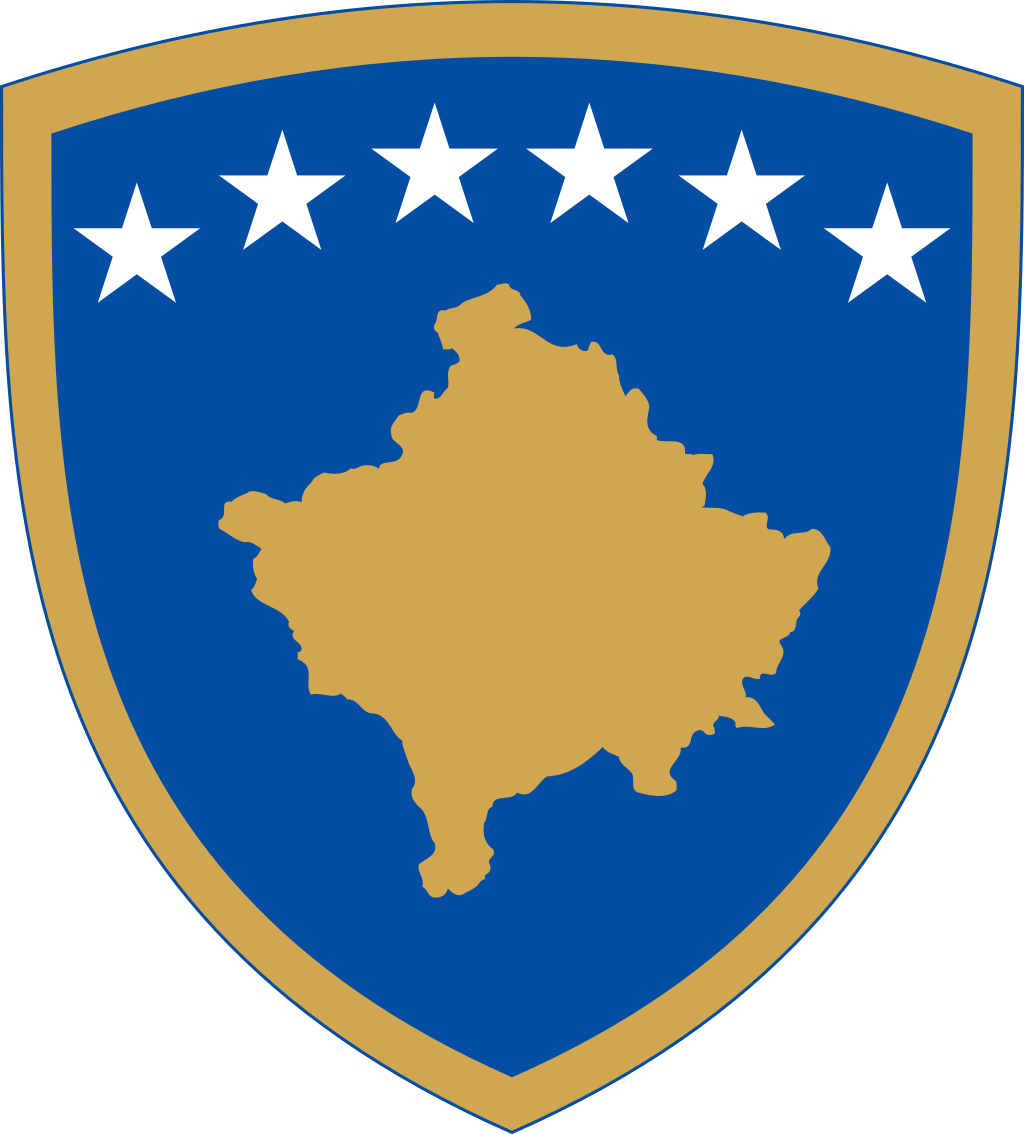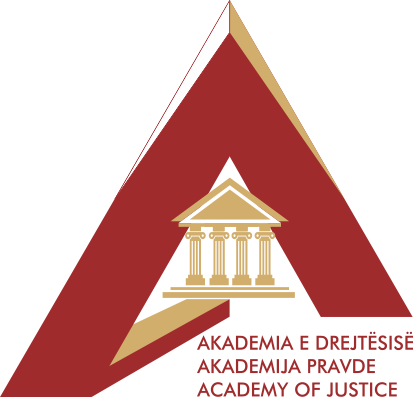
 ACADEMYOF JUSTICE
ACADEMYOF JUSTICE
On December 19-20 2019, Academy of Justice in cooperation with USAID/ JSSP organized a training within its activities for the administrative staff of courts and prosecution offices on “Basics of consecutive translation (taking notes) for judicial translators”. This training aimed enhancement of the judicial translator’s knowledge on the consecutive translation.
First day of the training elaborated on the following: importance of consecutive translation (brief video on importance of taking notes), speech analysis, structured maps and mind maps. Second part of the training covered the following: identification and division of ideas, translation softwares – advanced training for use of Trados and its role.
Initially this training highlighted the role importance of consecutive translation in the justice system, elaborating its integral elements. Also, it emphasized the opinion that role of the translators in this process is very important.
The first example demonstrated the speech analysis through consecutive translation and taking of notes, that was presented through a video from an important internet program in the judicial area. Through individual tasks an explanations provided by experts, the beneficiaries had the opportunity to adopt techniques and tools of elaborating and taking notes on a concrete speech. In this light, the translators learned the steps to be followed for a qualitative consecutive translation by continuous reading, preliminary reading of the materials, taking separate notes in blocs in short-diagonal form, etc. The training also highlighted importance of using legal dictionaries in official languages of the Republic of Kosovo, distinguishing the Albanian-Serbian Dictionary, then the small dictionary - OSCE publication, the Albanian-Serbian-English and German dictionary published by AJ and GIZ, etc.
The trainings continued with explanation of the role and ways of using symbols by translators, then relations, word acronyms, brackets, diagonal note-taking and other elements that help the translators in the process of qualitative consecutive translation. The symbols that are used shall be consistent, organic, and the signs showing the symbols have to be in the form of characters and pictures.
It further explained and experts practically demonstrated in computers the SDL-Trados program that presents a considerable assistance for judicial translators of the judicial system in the Republic of Kosovo. This training elaborated on all elements of this program through the group work.
This training used adult learning techniques in combination of theoretical explanation, new consecutive translation methodologies, examples from the translation practice in courts and prosecution offices, followed with exercises, interactive discussion, case study analysis and elaborating international standards and legal requirements that regulate this area.
Beneficiaries of this trainings were translators of courts and prosecution offices of all instances of the Republic of Kosovo.
20-12-2019